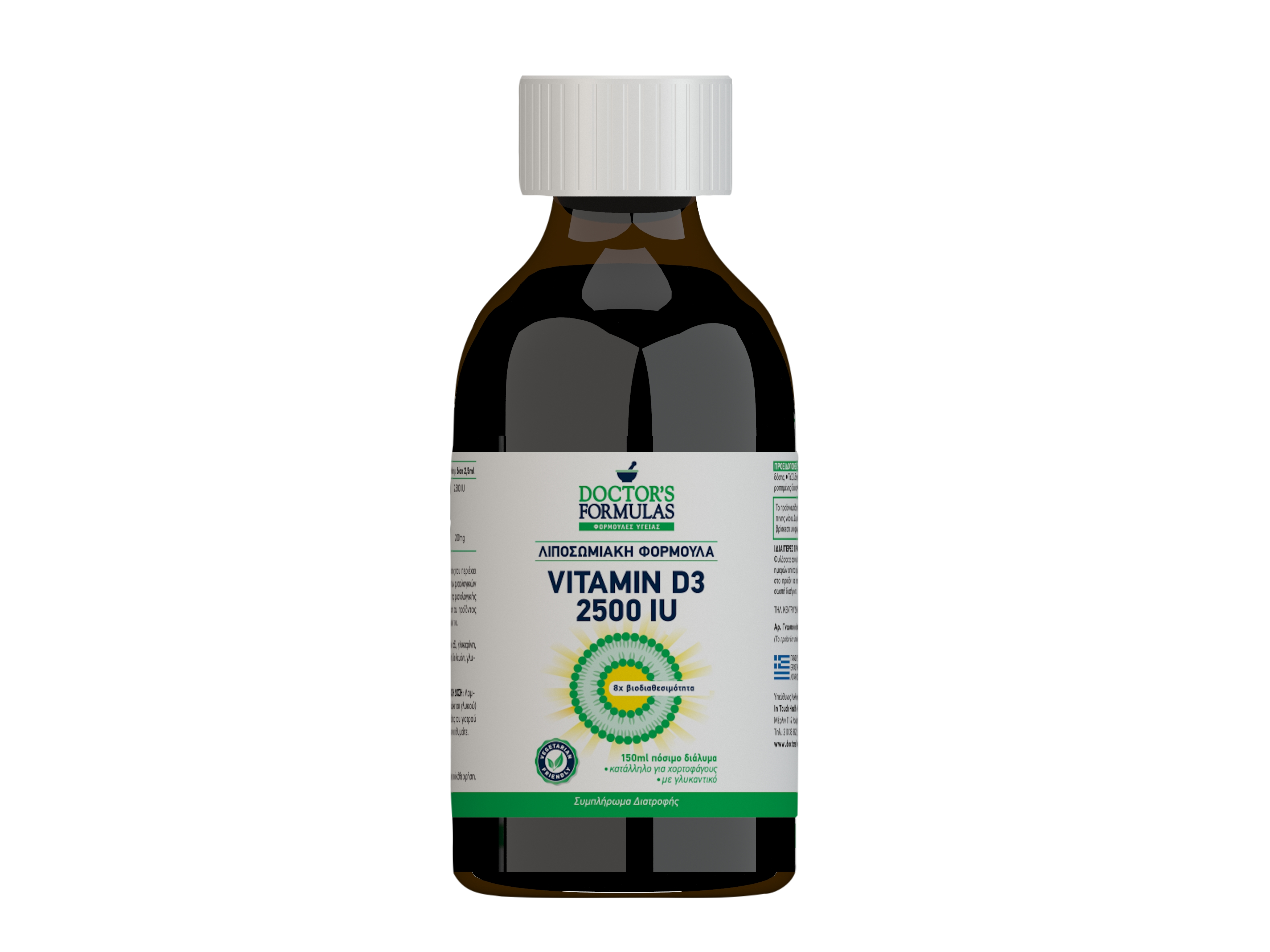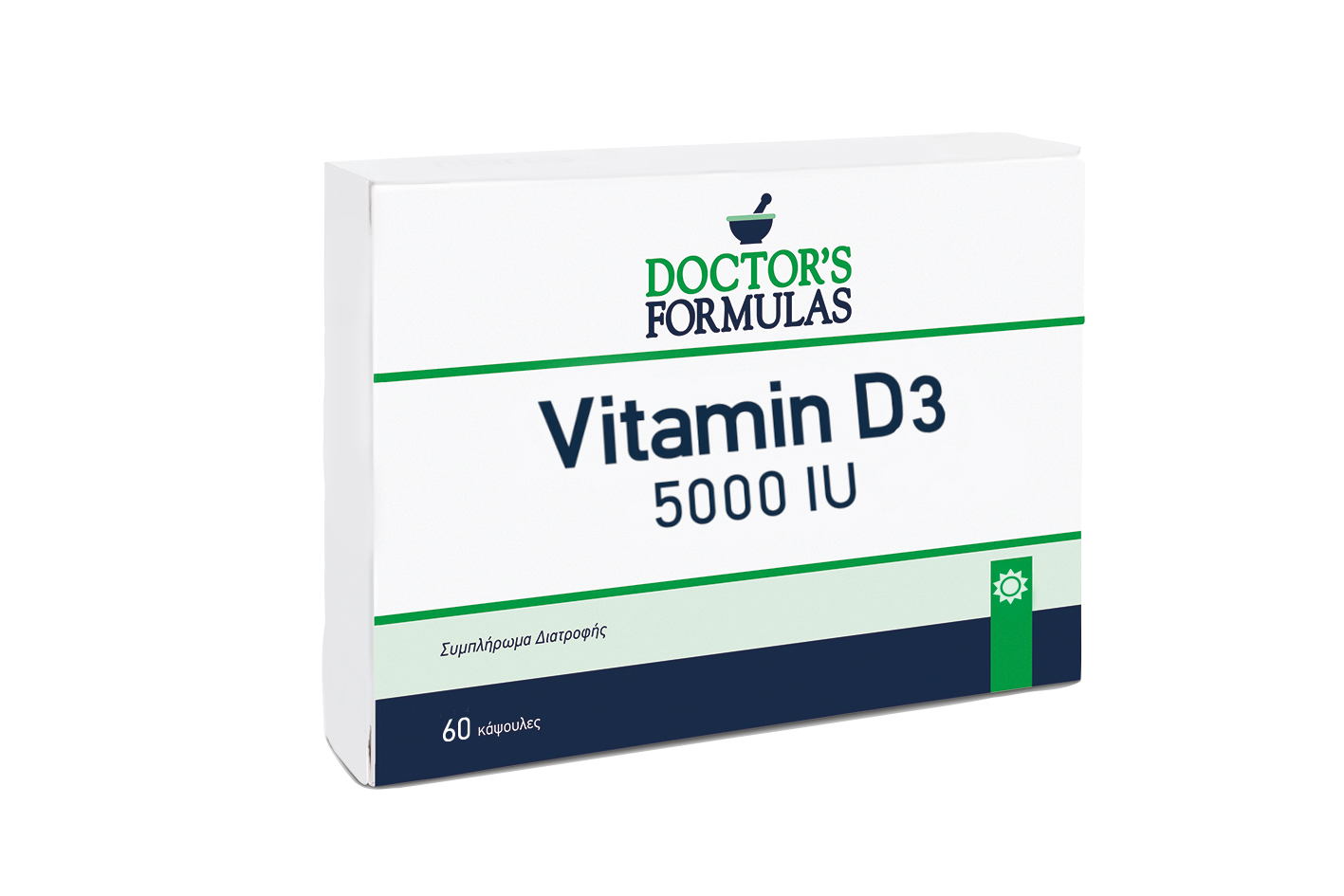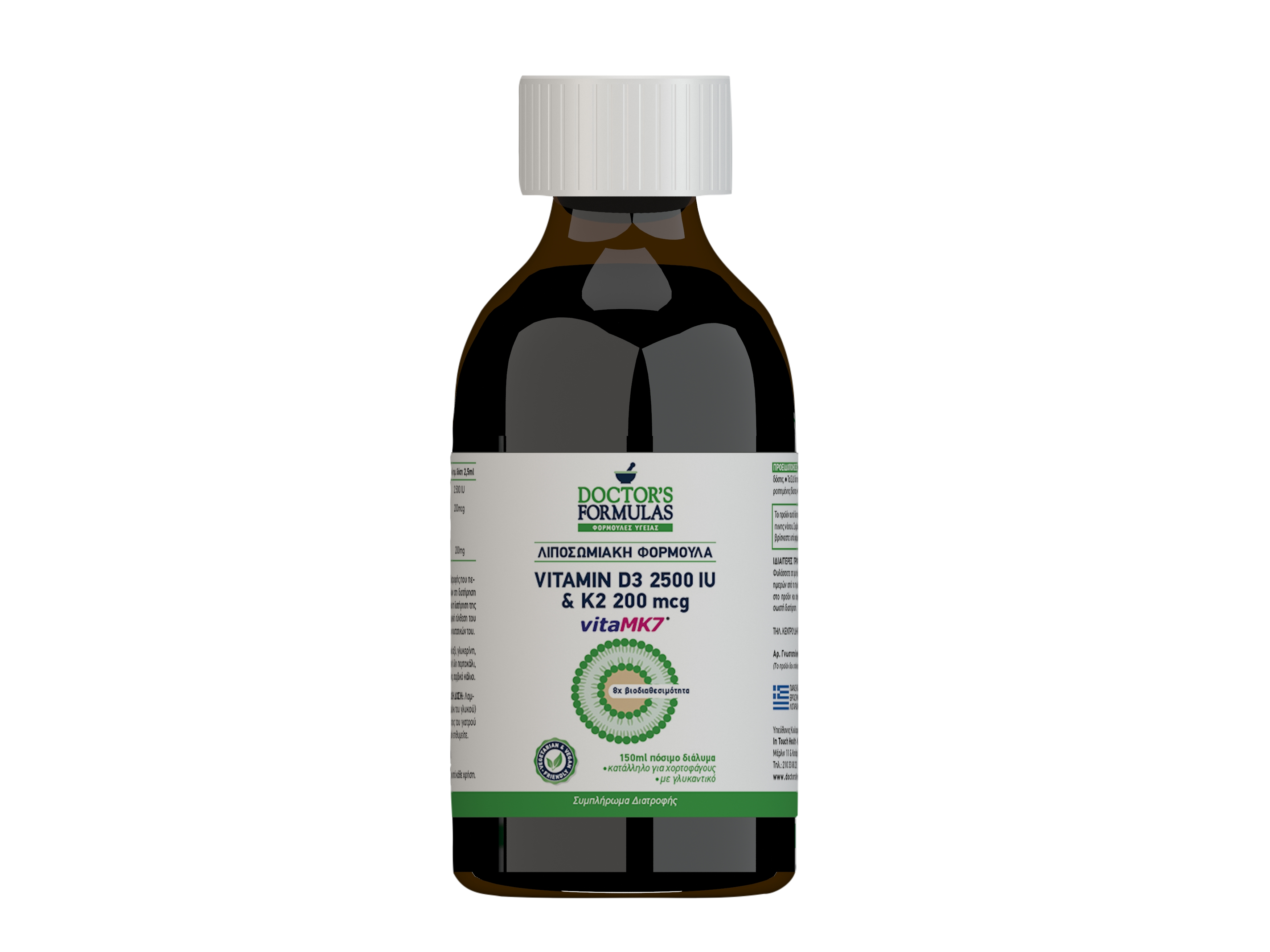Vitamin D & Musculoskeletal Function
Association of Serum 25-Hydroxyvitamin D Deficiency with Risk of Incidence of Disability in Basic Activities of Daily Living in Adults >50 Years of Age
Vitamin D deficiency assessed using serum 25-hydroxyvitamin D [25(OH)D] concentrations, is a growing health problem globally owing to its high prevalence, with ∼25% of the world's older population presenting with this condition.
The role of 25(OH)D in osteomineral metabolism is well known. However, the presence of vitamin D receptors (VDRs) in a range of human tissues enabled researchers to identify a systemic action of vitamin D. The discovery of VDRs in myocytes made it possible to identify the role of 25(OH)D in muscle metabolism, such as the modulation of calcium influx (Ca2+) to muscle cells and in myogenesis.
Thus, low serum 25(OH)D concentrations may result in less uptake of Ca2+ in the muscles, which compromises the quality of muscle contraction and leads to the reduction of muscle mass and strength and muscle atrophy. In addition to these biological mechanisms, aging decreases the absorption capacity and cutaneous synthesis of 25(OH)D and promotes a reduction in the number of VDRs in muscle cells. These compromise the musculoskeletal function and may result in adverse outcomes later in life, such as disability.
25(OH)D also participates in the regulation of the metabolism of other important systems that maintain body homeostasis, such as the immune and cardiovascular systems. Deficient serum 25(OH)D leads to compromised functioning of these systems and, therefore, can predispose to the development of numerous acute and chronic conditions, which impair functional capacity and favor the development of disability.
Cross-sectional studies have identified an association between deficient serum 25(OH)D and functional disability to perform basic activities of daily living (BADL) in Japanese and Italian populations. However, longitudinal studies have not confirmed these results. Analyzing 665 individuals aged 77 y or older for a 3-y follow-up period, Houston et al. found no association between deficient serum 25(OH)D (<50 nmol/L) and the incidence of disability in BADL. Analyzing 1002 women aged 65 y or older for a 3-y follow-up period, Verreault et al. also found no association between deficient serum 25(OH)D (<25 nmol/L) and the incidence of disability regarding activities that utilize the lower and upper limbs, such as walking a quarter of a mile, walking around the room, climbing 10 steps, sitting down and standing up from a chair, lifting the arms over the head, handling and squeezing objects, and lifting and carrying a 10-pound weight.
Considering the conflicting findings between cross-sectional and longitudinal studies investigating the association between serum 25(OH)D status and functional disability, the aims of the present study were to verify whether deficient serum 25(OH)D is a risk factor for the incidence of BADL disability and whether there are sex differences in this association.
References:
The Journal of Nutrition, nxaa258, https://doi.org/10.1093/jn/nxaa258





